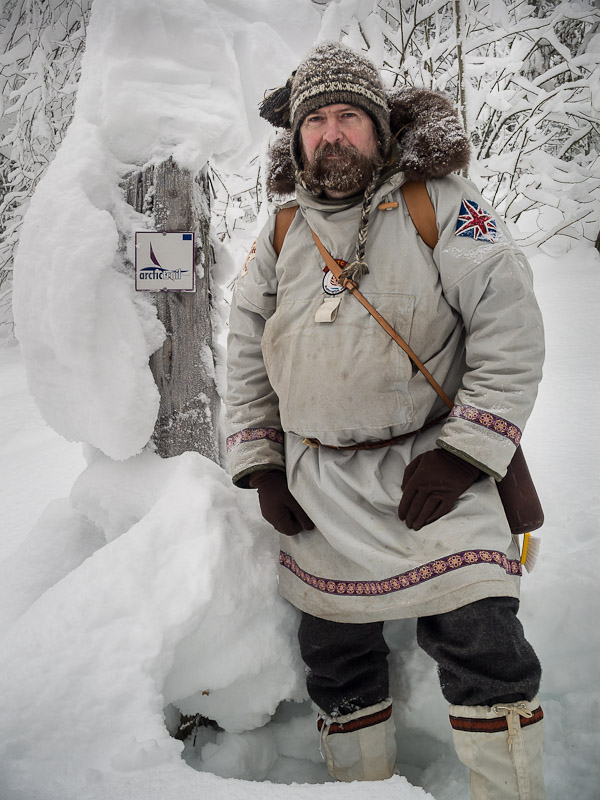Much of Finland is part of the subarctic climate (Dfc on Köppen), where temperatures range from -20°C/-4°F to +20°C/68°F in most years. I'm currently changing my selection of clothing to something more suitable and traditional to this area. I have obtained dozens of hiking books from 1930s to 1940s and read several Finnish military reports from the War to make up a kit that would fulfil both of these two conditions.
To start from the bottom; footwraps. Very old school I know but they are unanimously recommended by all if made out of wool and not cotton. They say that they should be used both during summer and winter. They're warmer and easier to dry in the bush. There is a division into those that recommend ankle and those that would use calf-high boots on the Finnish literature. I'm more into lighter shoes so I'll prefer ankle boots with removable cloth gaiters during summer. Leather enforced felt boots should be excellent choice along with felt socks, if they are only used during dry phase of winter.
Wool flannel briefs were the number one choice by all books I read. On top of them I would use medium-weight wool trousers with a leather belt.
For the upper body a cotton anorak should be enough. Under it a wool flannel shirt or two along with a wool sweater. On one of the military reports a wool field cap was considered enough for an average winter in Southern and Central Finland, but a fur (or fleece) cap is needed for Lapland.
Care to comment, please?
To start from the bottom; footwraps. Very old school I know but they are unanimously recommended by all if made out of wool and not cotton. They say that they should be used both during summer and winter. They're warmer and easier to dry in the bush. There is a division into those that recommend ankle and those that would use calf-high boots on the Finnish literature. I'm more into lighter shoes so I'll prefer ankle boots with removable cloth gaiters during summer. Leather enforced felt boots should be excellent choice along with felt socks, if they are only used during dry phase of winter.
Wool flannel briefs were the number one choice by all books I read. On top of them I would use medium-weight wool trousers with a leather belt.
For the upper body a cotton anorak should be enough. Under it a wool flannel shirt or two along with a wool sweater. On one of the military reports a wool field cap was considered enough for an average winter in Southern and Central Finland, but a fur (or fleece) cap is needed for Lapland.
Care to comment, please?




